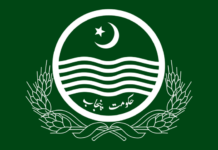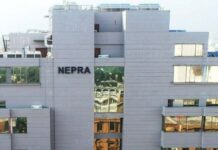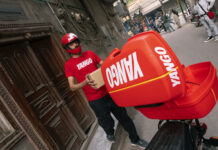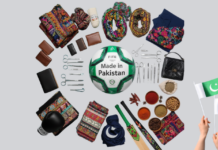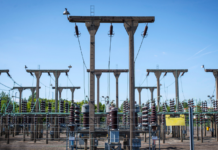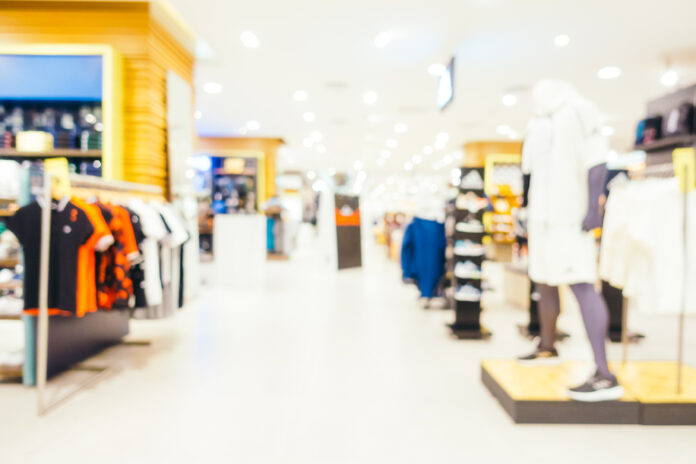Image Pakistan Ltd (PSX: IMAGE) is selling more clothes, but not fast enough to outrun the scars of Pakistan’s inflation shock.
The listed clothing and fabric manufacturer reported another year of double-digit revenue growth in FY25. Yet in an economy where consumer prices surged at rates north of 20% in 2022 and 2023 and remained elevated in 2024, its top line is rising more slowly than the general price level, suggesting that real volumes and basket sizes are still under pressure.
Management is responding with a familiar retail playbook: opening more stores, leaning on e-commerce and pushing into lifestyle and perfumes. Whether that will be enough to offset a cautious middle-class shopper base remains the key question for investors.
For the year ended June 2025, Image’s consolidated net sales rose 16% to Rs4.6 billion from Rs4.0 billion a year earlier. At first glance that looks healthy, but set against the inflationary backdrop it is more modest. The company’s nominal revenue growth lagged nationwide price increases. The content in this publication is expensive to produce. But unlike other journalistic outfits, business publications have to cover the very organizations that directly give them advertisements. Hence, this large source of revenue, which is the lifeblood of other media houses, is severely compromised on account of Profit’s no-compromise policy when it comes to our reporting. No wonder, Profit has lost multiple ad deals, worth tens of millions of rupees, due to stories that held big businesses to account. Hence, for our work to continue unfettered, it must be supported by discerning readers who know the value of quality business journalism, not just for the economy but for the society as a whole.To read the full article, subscribe and support independent business journalism in Pakistan



